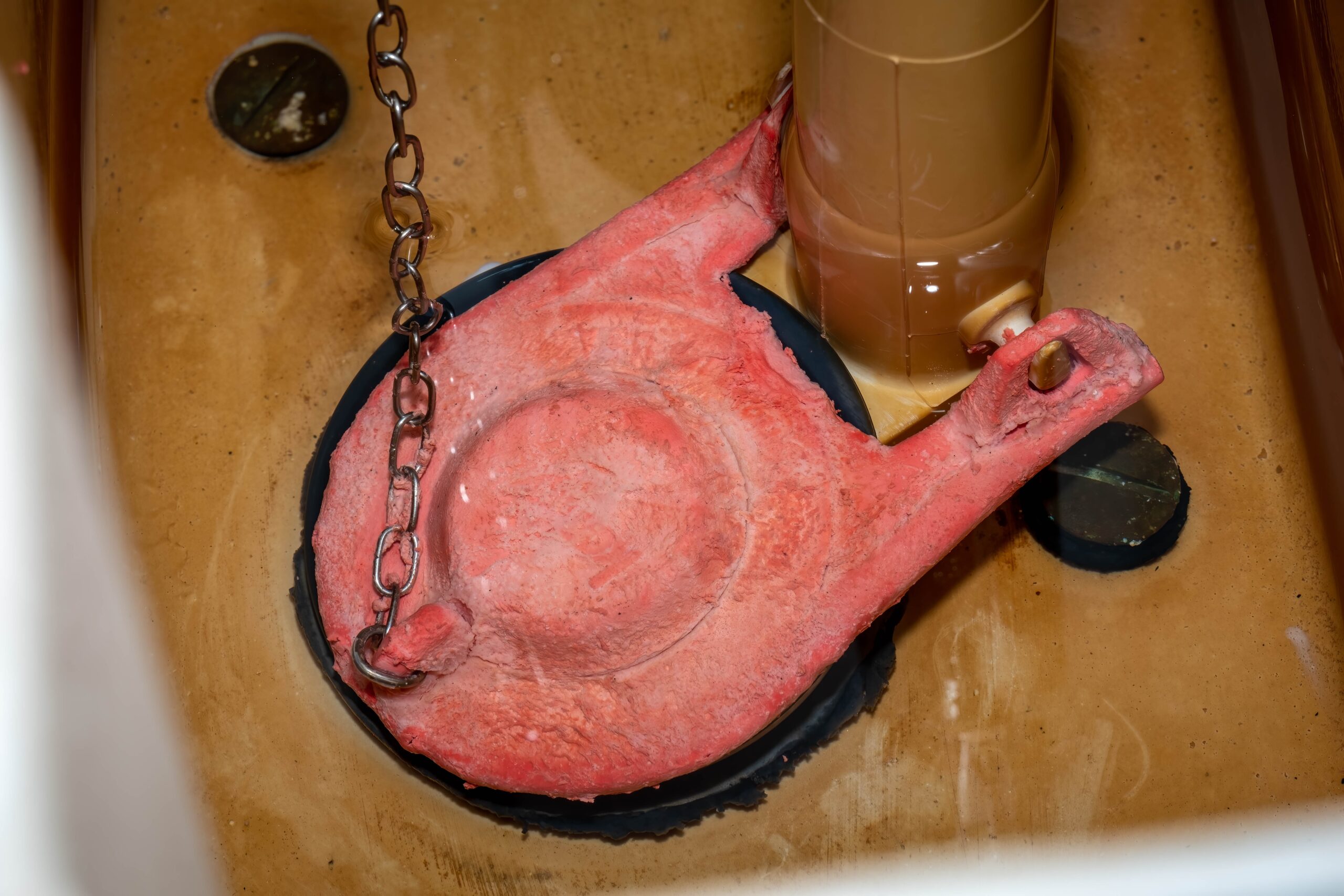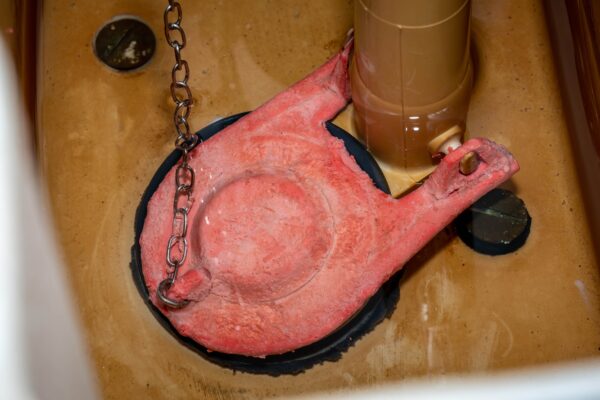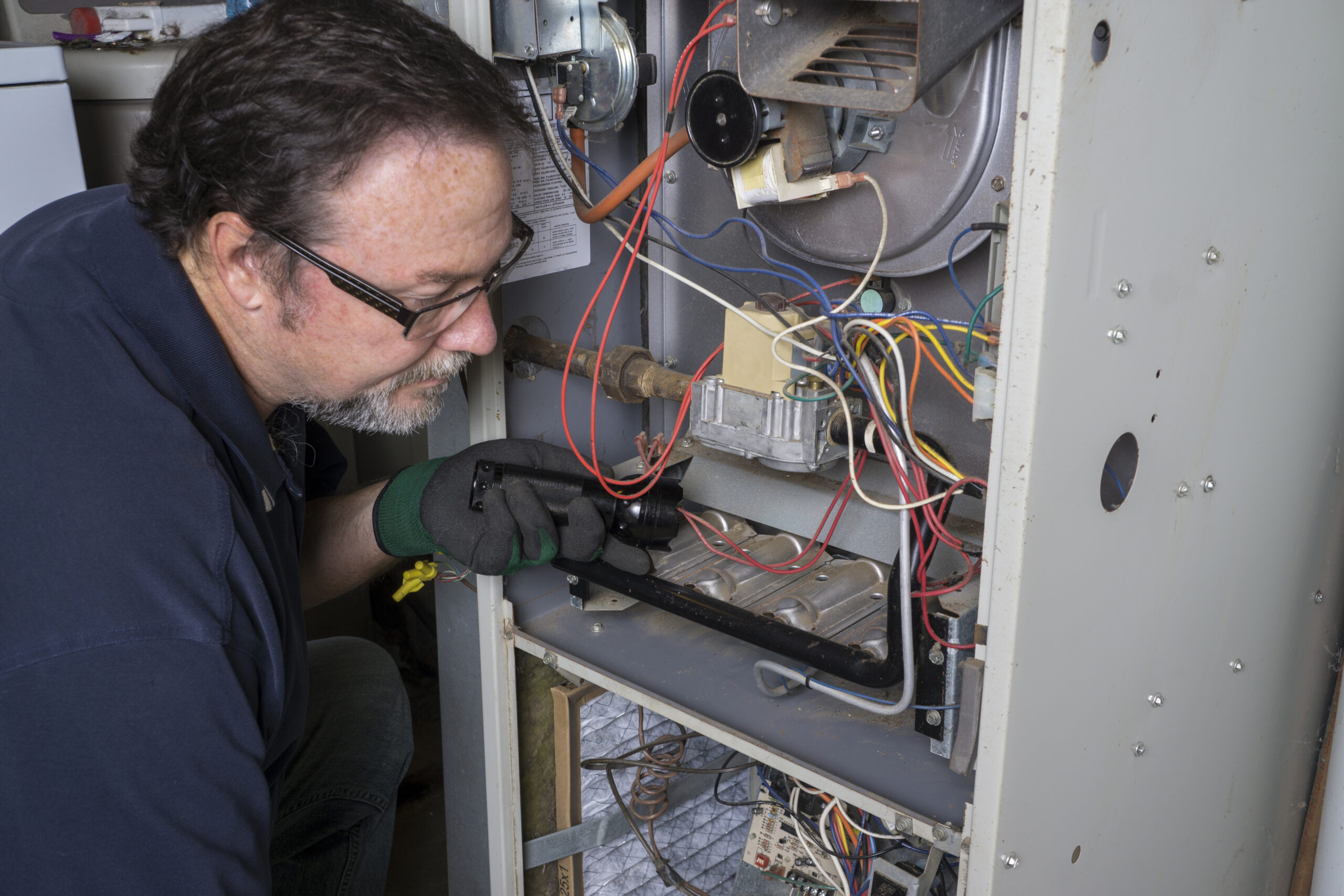

Water leaks can waste hundreds of gallons of water and increase your utility bill. Understanding how to identify leaks in your toilet and irrigation system can help you save water and prevent costly repairs. Here’s a guide to detecting the most common types of leaks in your home.
Toilet Leaks
A leaking toilet can be a silent water waster, but with a few simple tests, you can determine if your toilet is leaking and what part needs attention.
Leaking Flapper
The toilet flapper is a rubber valve that controls the release of water from the tank to the bowl. If it’s not sealing properly, water will continuously leak into the bowl. Here’s how to test for a flapper leak:
- Add a toilet dye tablet or a few drops of food coloring to the water in your toilet tank.
- Do not flush for 15–20 minutes.
- After the time has passed, check the toilet bowl. If you see colored water in the bowl, your flapper is leaking and should be replaced.
Leaking Flush Valve
The flush valve controls the flow of water from the tank into the bowl. If it’s not functioning correctly, it can cause your toilet to run inefficiently. To check for a flush valve leak:
- Remove the toilet lid and mark the water level inside the tank.
- Flush the toilet and allow the tank to refill.
- If the water does not return to the mark you made, adjust the water level to be about an inch lower than the overflow tube.
Running Toilet
If you hear water running continuously or have to jiggle the handle to stop the toilet from running, there may be an issue with the flush lever, chain, or handle.
- Check if the chain is tangled or too long, preventing the flapper from sealing properly.
- Ensure the handle moves freely and does not stick in the flush position.
Irrigation System Leaks
Irrigation leaks can be harder to detect, as they are often underground. However, several signs can indicate a problem:
Gushing Water
- A broken irrigation line or emitter can cause a noticeable burst of water. This is often the easiest type of leak to spot.
Water Pooling
- If you notice standing water in your yard that is unrelated to rainfall, you may have a broken underground irrigation line.
Water Trickling from Sprinklers After Shutdown
- If water continues to trickle from your sprinklers or emitters long after the system is turned off, this may indicate a broken valve that is not fully closing. This can lead to water waste and higher bills.
Unusual Spots of High Vegetation Growth
- If one area of your lawn or garden is greener and lusher than the rest, a slow leak may be supplying extra water to that spot over time.
Sprinkler Spraying Dirty Water
- If a sprinkler head is spraying muddy or dirty water, or if its spray distance has decreased significantly, this could indicate a nearby underground leak affecting water pressure.
Hidden Irrigation Leaks
- Not all leaks result in visible water pooling. Water may drain downhill, percolate quickly, or even disappear into underground burrows. If you suspect a leak but don’t see obvious signs, a professional inspection may be necessary.
Need Help Finding or Fixing a Leak?
If you suspect a leak in your toilet, irrigation system, or anywhere in your home’s plumbing, Pacific Coast Home Services in San Jose, CA, is here to help. Our expert plumbers can diagnose and repair leaks quickly, saving you water and money. Contact us today to schedule an inspection!
Share this article
Follow us
A quick overview of the topics covered in this article.
Latest articles
December 2, 2025
December 2, 2025
December 2, 2025




